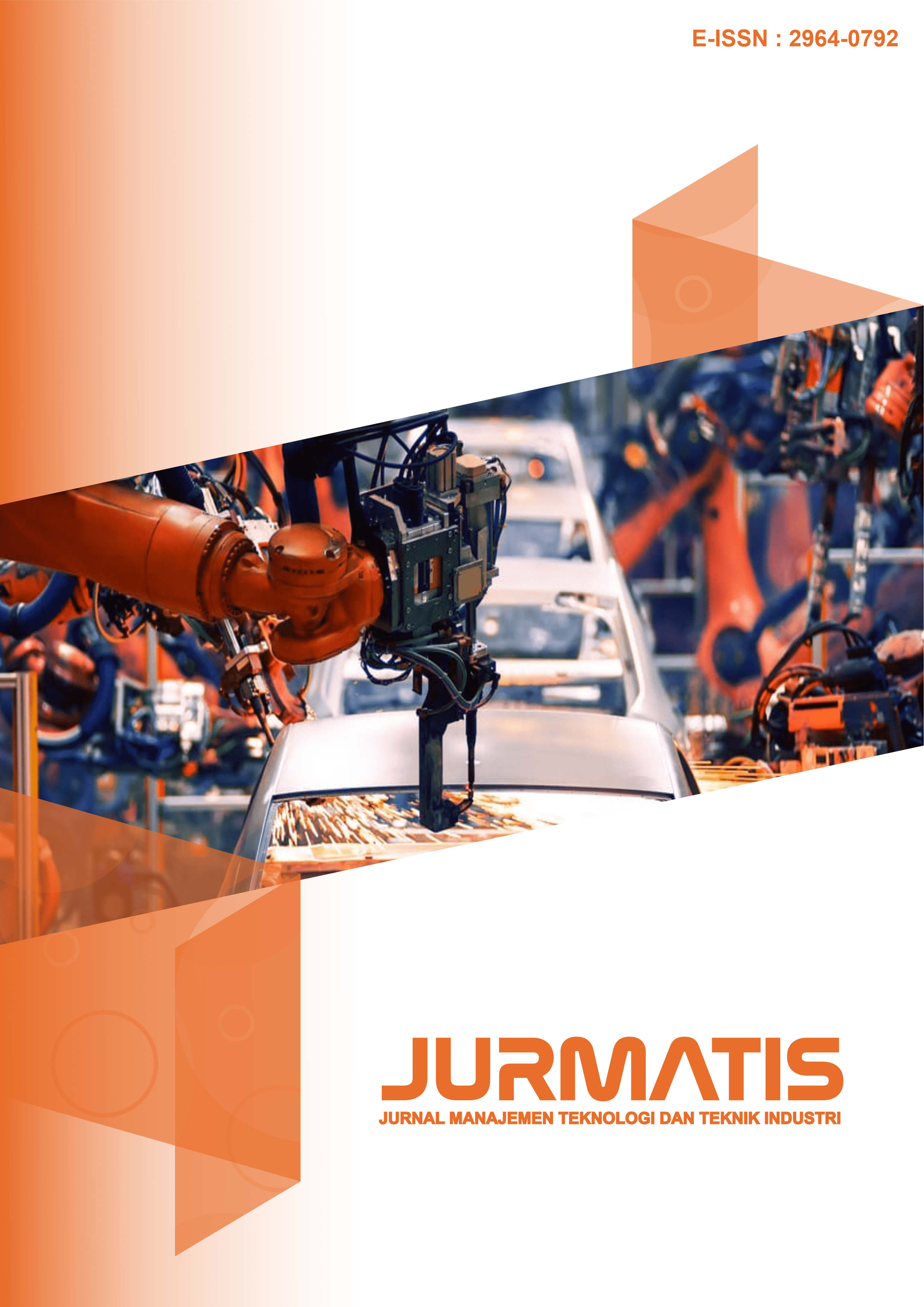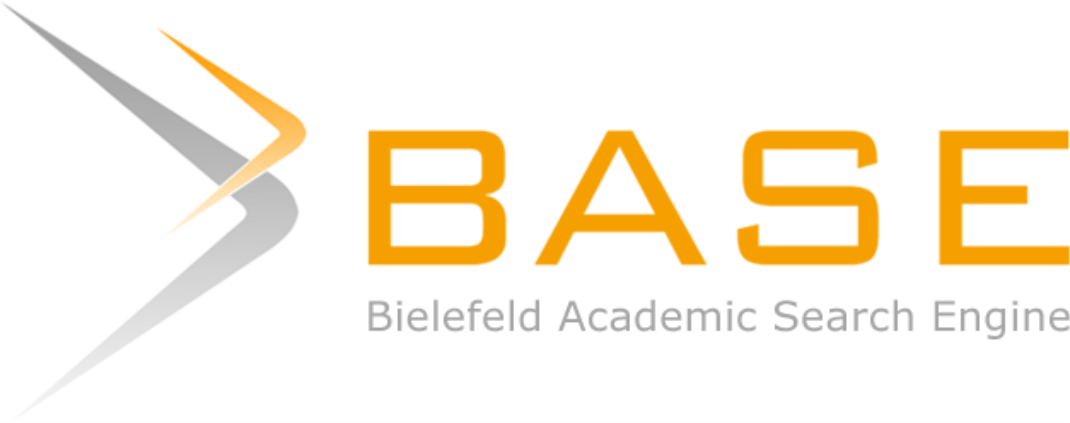Kelayakan Bisnis Kuliner Mentai Rice Menggunakan Metode Feasibility Study
DOI:
https://doi.org/10.30737/jurmatis.v5i1.2352Keywords:
Businesses, Culinary Feasibility, EnvironmentAbstract
The increase in the number of culinary businesses is an opportunity for business people. The business in the culinary field that is booming today is Mentai Rice Terjenak which is located in Bekasi. The business, which has been running for a period of 3 months, has the possibility of bankruptcy and not operating. The purpose of this study is to determine the feasibility of a business that has been running. The research uses qualitative design to review technical, management, environmental and market perspectives. While quantitative design to review finances. The research procedure begins with a descriptive study of qualitative design, then determines the parameters of business feasibility using finance, covering NPV, IRR, PB and Net B / C. The role of assets will support the business to run by increasing the number of workers who have professionalism and are flexible, business activities also require consideration of the disposal of residual waste so as not to disturb the balance of the environment and the financial value has been deserved. The conclusions of the study are to increase the amount of resources, protect the environment of production waste, the financial value is already feasible. Business can be run by considering innovations and products that have high selling value
Peningkatan jumlah bisnis kuliner menjadi peluang tersendiri bagi pelaku bisnis. Bisnis di bidang kuliner yang sedang booming saat ini adalah Mentai Rice Terjenak yang terletak di Bekasi. Bisnis yang sudah berjalan dalam kurun waktu 3 bulan ini, memiliki kemungkinan mengalami kebangkrutan dan tidak beroperasi. Tujuan penelitian ini adalah menentukan kelayakan bisnis yang telah berjalan. Penelitian menggunakan desain kualitatif untuk mengulas perspektif teknis, manajemen, lingkungan dan pasar. Sedangkan desain kuantitatif untuk mengulas finansial. Prosedur penelitian diawali dengan studi deskriptif dari desain kualitatif, kemudian menentukan parameter kelayakan bisnis menggunakan finansial, mencangkup NPV, IRR, PB dan Net B/C. Peran aset akan menunjang bisnis berjalan dengan meningkatkan jumlah tenaga kerja yang memiliki profesionalitas dan terlatif, aktivitas bisnis juga memerlukan pertimbangan pembuangan limbah sisa agar tidak mengganggu keseimbangan lingkungan dan nilai finansial telah layak. Kesimpulan dari penelitian yaitu meningkatkan jumlah sumber daya, melindungi lingkungan limbah produksi, nilai finansial sudah layak. Bisnis dapat dijalankan dengan mempertimbangkan inovasi dan produk yang bernilai jual tinggi.
References
A. S. Aditya, A. B. U. Bakar, and L. Fitria, “Analisis Kelayakan Usaha Lemari / Rak Simple and Easy Delivery Di Kecamatan Cikarang,†Online Inst. Teknol. Nas., vol. 01, no. 04, pp. 180–191, 2014, [Online]. Available: https://ejurnal.itenas.ac.id/index.php/rekaintegra/article/view/306/423.
J. Juliandri, J. Jahrizal, and T. Taryono, “Analisis Kelayakan Usaha Makanan Tradisional Kue Bangkit Di Kota Pekanbaru,†J. Online Mhs. Fak. Ekon. Univ. Riau, vol. 4, no. 1, pp. 1121–1133, 2017.
A. Afiyah, “Analisis Studi Kelayakan Usaha Pendirian Home Industry (Studi Kasus Pada Home Industry Cokelat Âcozyâ Kademangan Blitar),†J. Adm. Bisnis S1 Univ. Brawijaya, vol. 23, no. 1, p. 85949, 2015.
D. Sinaga and H. J. Risma, Studi Kelayakan Investasi Pada Proyek Dan Bisnis. Bogor: Mitra Wacana Media, 2018.
N. A. Putri, Z. Saidah, D. Supyandi, and L. Trimo, “Analisis Kelayakan Bisnis Kedai Kopi ( Studi Kasus Pada Agrowisata N8 Malabar , Pangalengan , Kabupaten Bandung ) Feasibility Analysis of Coffee Shop Business ( A Case of Study in Agrowisata N8 Malabar , Pangalengan , Bandung ),†vol. 3, no. 1, pp. 89–100.
I. N. Nurfauzi, A. Dwi, and R. Ardivia, “ANALISIS STUDI KELAYAKAN USAHA UMKM KALDU BUBUK KEPITING ‘BRACO,’†SEMBADHA, pp. 160–168, 2018.
L. Sulastri, Studi Kelayakan Bisnis Untuk Wirausaha. 2016.
M. Giatman, Ekonomi Teknik, vol. 53, no. 9. PT Raja Grafindo Persada, 2013.
D. A. Savitri, H. Herlina, and N. Novijanto, “Financial Feasibility Analysis of Chocolate Spread with Coconut Ingredients as Agroindustrial Product,†J. La Bisecoman, vol. 2, no. 2, pp. 14–24, 2021, doi: 10.37899/journallabisecoman.v2i2.353.
D. Anggraeni, N. Nurjanah, D. A. Asmara, and T. Hidayat, “Feasibility Study of The Small and Medium-Sized Enterprises Fisheries Processing Unit and Their Mackerel Tuna Pindang Product in Banyuwangi,†J. Pengolah. Has. Perikan. Indones., vol. 22, no. 1, p. 14, 2019, doi: 10.17844/jphpi.v22i1.25870.
J. Alfian Pradana, A. Komari, and L. Dewi Indrasari, “Studi Kelayakan Bisnis Tell Kopi Dengan Analisis Finansial,†Ind. Inov. J. Tek. Ind., 2020, doi: 10.36040/industri.v10i2.2855.
R. P. Dewanti, E. Paryanto, J. A. Pradana, and C. Harsito, “Financial Feasibility of Modification Workshop Case Studies: Be-Modified,†Int. J. Sustain. Dev. Plan., vol. 17, no. 6, pp. 1865–1871, 2022, doi: 10.18280/ijsdp.170621.
D. Cudjoe, W. Chen, and B. Zhu, “Valorization of food waste into hydrogen: Energy potential, economic feasibility and environmental impact analysis,†Fuel, vol. 324, no. PA, p. 124476, 2022, doi: 10.1016/j.fuel.2022.124476.
U. P. P. Tarigan, A. Mardhatillah, I. Budiman, A. C. Sembiring, and M. S. Ramadhan, “Feasibility Study Analysis of Establishing Archery Sports Special Place,†J. Phys. Conf. Ser., vol. 1007, no. 1, 2018, doi: 10.1088/1742-6596/1007/1/012027.
Z. Zakia, M. Safriani, N. Radianica, and M. F. Ikhwali, “Economic Feasibility Study on The Development of Irrigation Channels,†Int. J. Eng. Sci. Inf. Technol., vol. 2, no. 1, pp. 131–138, 2021, doi: 10.52088/ijesty.v2i1.217.
Li. Sulastri, “Studi Kelayakan Bisnis.†pp. 1–34, 2018.
A. Galati, N. Adamashvili, and M. Crescimanno, “A feasibility analysis on adopting electric vehicles in the short food supply chain based on GHG emissions and economic costs estimations,†Sustain. Prod. Consum., vol. 36, pp. 49–61, 2023, doi: 10.1016/j.spc.2023.01.001.
Suryabrata, Metodologi Penelitian. 2014.
Solimun, Armanu, and A. A. R. Fernandes, Metodologi Penelitian Kuantitatif Perspektif Sistem, 3rd ed. Malang: Universitas Brawijaya, 2018.
Wahidmurni, “Penerapan Metode Penelitian Kuantitatif,†Repos. uin mala, 2017.
H. Arif, Memahami Business Plan, 1st ed. Jakarta: Grasindo, 2010.
I. Hidayah, Masrukan, and Margunani, “Financial feasibility analysis of small industry of mathematical manipulative,†J. Phys. Conf. Ser., vol. 1567, no. 3, 2020, doi: 10.1088/1742-6596/1567/3/032003.
H. Nanlohy, Y. M. T. N. Apituley, A. M. Tapotubun, F. Reiuwpassa, and T. E. A. A. Matrutty, “Management and Feasibility Analysis of Smoked Fish Business in Ambon,†IOP Conf. Ser. Earth Environ. Sci., vol. 89, no. 1, 2017, doi: 10.1088/1755-1315/89/1/012026.
D. F. Nurcahyo, “Analisis Kelayakan Bisnis (Studi Kasus Di Pt.Pemuda Mandiri Sejahtera),†Universitas Indonesia, 2011.
N. Chatzistamoulou and E. Tyllianakis, “Commitment of European SMEs to resource efficiency actions to achieve sustainability transition. A feasible reality or an elusive goal?,†J. Environ. Manage., vol. 321, no. August, p. 115937, 2022, doi: 10.1016/j.jenvman.2022.115937.
A. A. Alammar et al., “The technical, economic, and environmental feasibility of a bioheat-driven adsorption cooling system for food cold storing: A case study of Rwanda,†Energy, vol. 258, no. September 2021, 2022, doi: 10.1016/j.energy.2022.124560.
H. M. Mahmudul, M. G. Rasul, D. Akbar, R. Narayanan, and M. Mofijur, “Food waste as a source of sustainable energy: Technical, economical, environmental and regulatory feasibility analysis,†Renew. Sustain. Energy Rev., vol. 166, no. May, p. 112577, 2022, doi: 10.1016/j.rser.2022.112577.
F. Schmidt, B. Graf, J. Hinrichs, and C. Kern, “Continuous microwave-assisted extrusion for high moisture texturized foods: A feasibility study,†Innov. Food Sci. Emerg. Technol., vol. 78, no. December 2021, 2022, doi: 10.1016/j.ifset.2022.103020.
N. McDougall, B. Wagner, and J. MacBryde, “Competitive benefits & incentivisation at internal, supply chain & societal level circular operations in UK agri-food SMEs,†J. Bus. Res., vol. 144, no. February, pp. 1149–1162, 2022, doi: 10.1016/j.jbusres.2022.02.060.
P. Gimenez-Escalante, G. Garcia-Garcia, and S. Rahimifard, “A method to assess the feasibility of implementing distributed Localised Manufacturing strategies in the food sector,†J. Clean. Prod., vol. 266, p. 121934, 2020, doi: 10.1016/j.jclepro.2020.121934.
Downloads
Published
Issue
Section
License
Authors who publish with this journal agree to the following terms:
(1) The copyright of published articles will be transferred to the journal as the publisher of the manuscript. Therefore, the author needs to confirm that the copyright has been managed by the publisher with the Publication Right Form which must be attached when submitting the article.
(2) Publisher of JURMATIS is Kadiri University.
(3) The copyright follows Creative Commons Attribution“ShareAlike License (CC BY SA): This license allows to Share copy and redistribute the material in any medium or format, Adapt remix, transform, and build upon the material, for any purpose, even commercially.



















